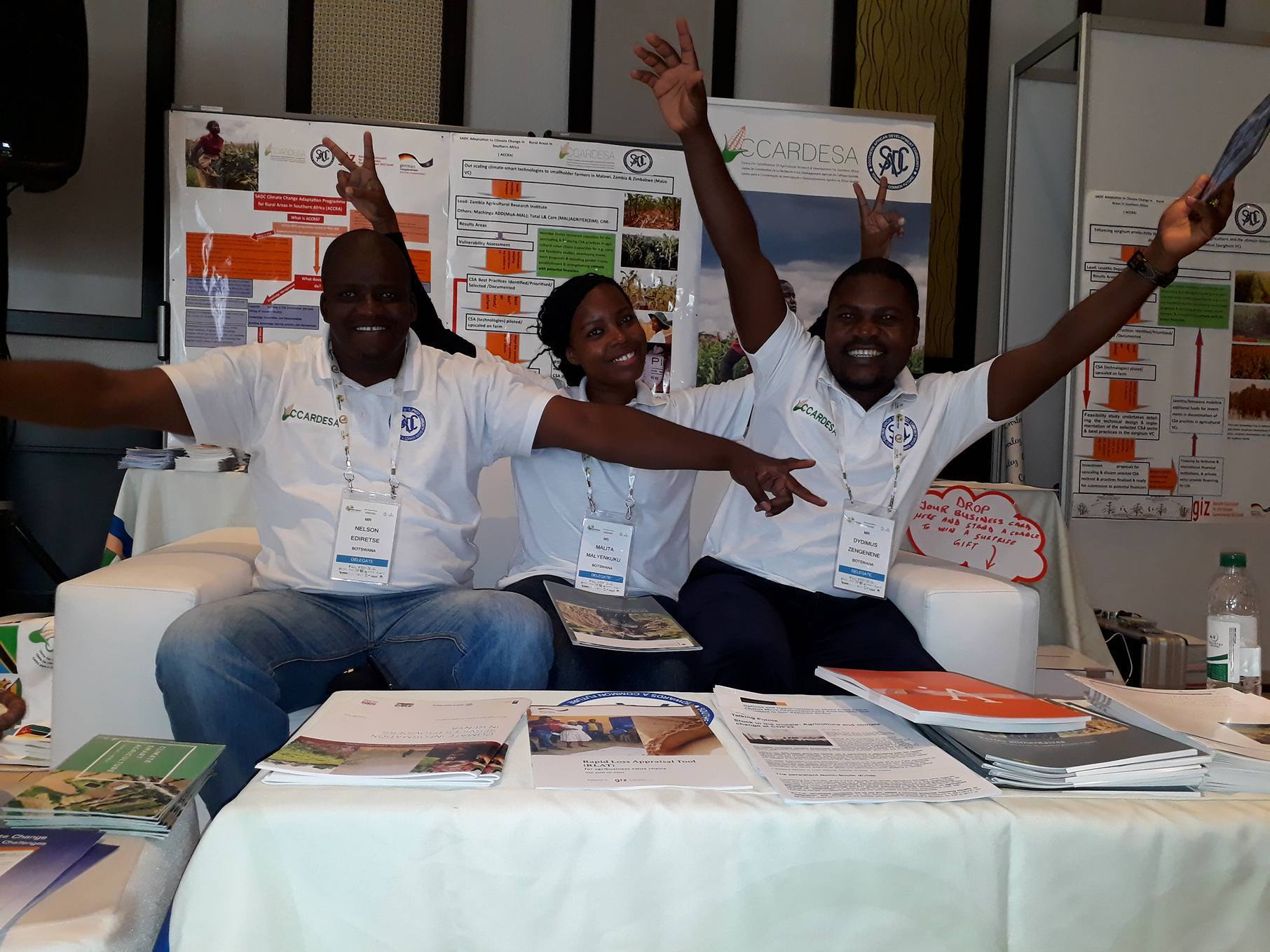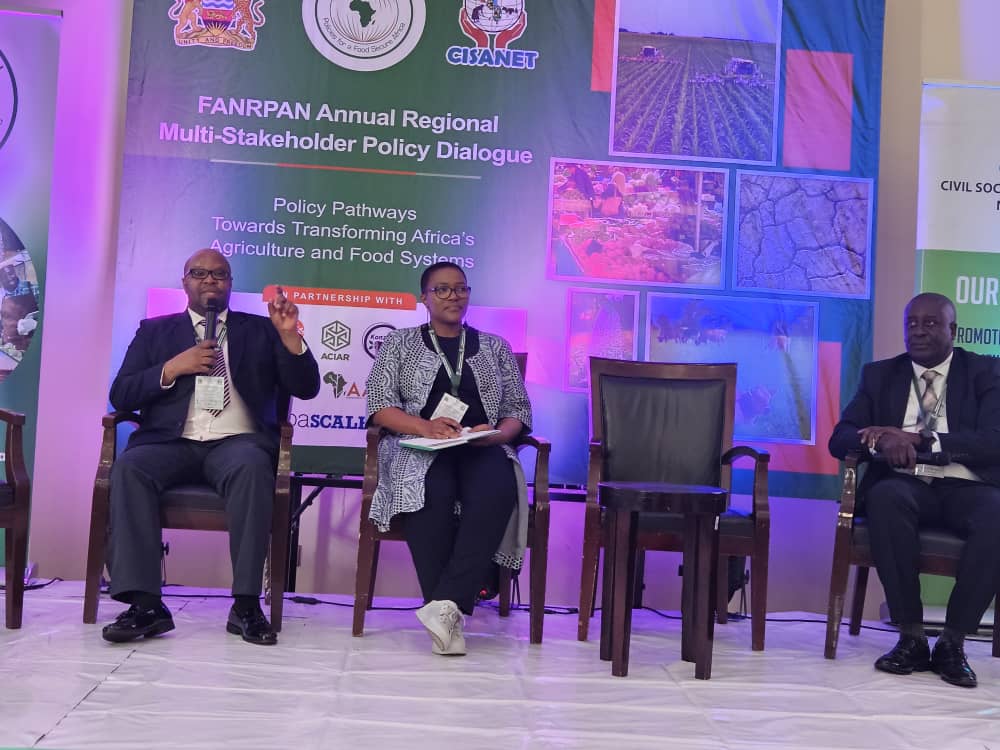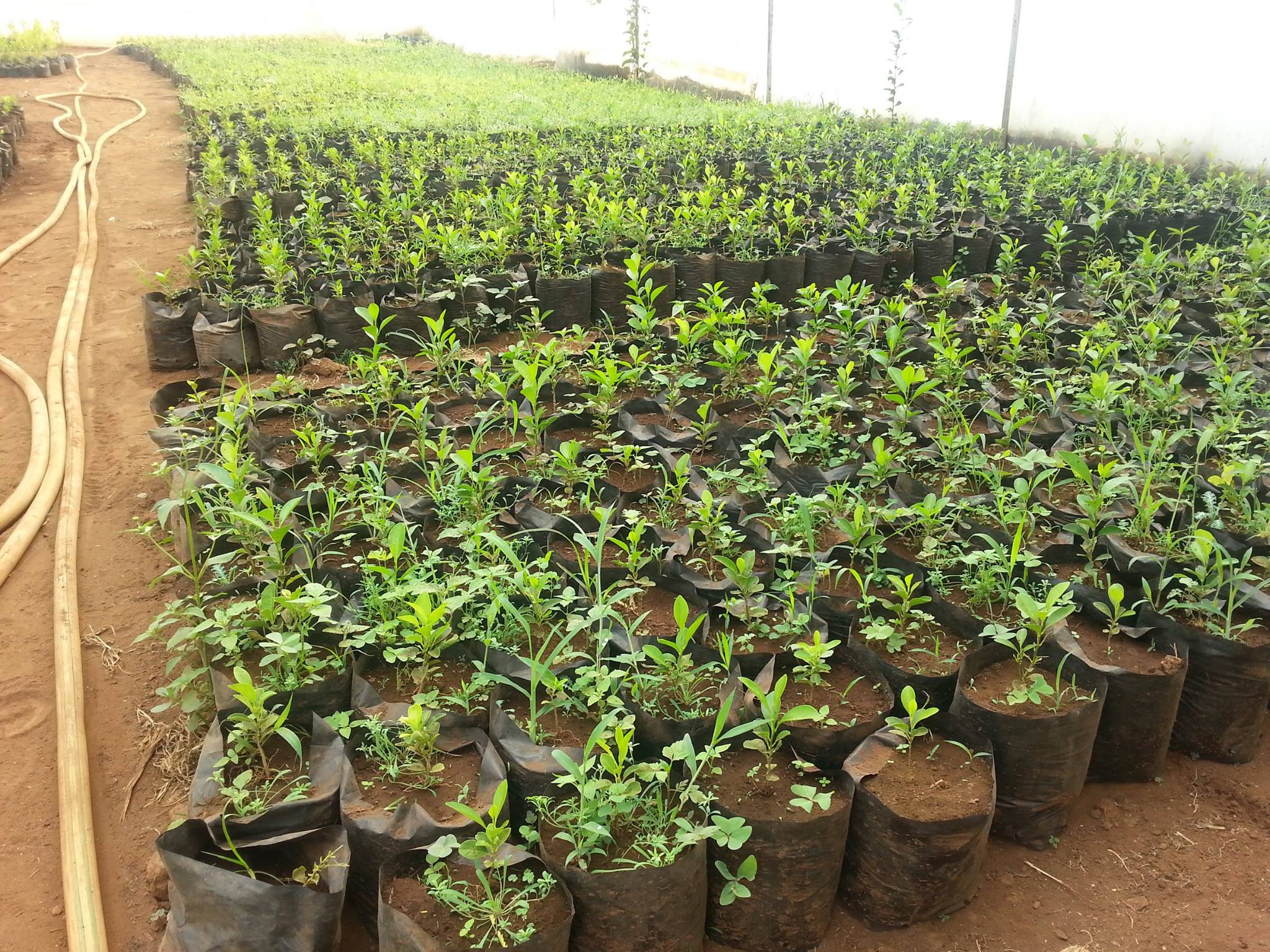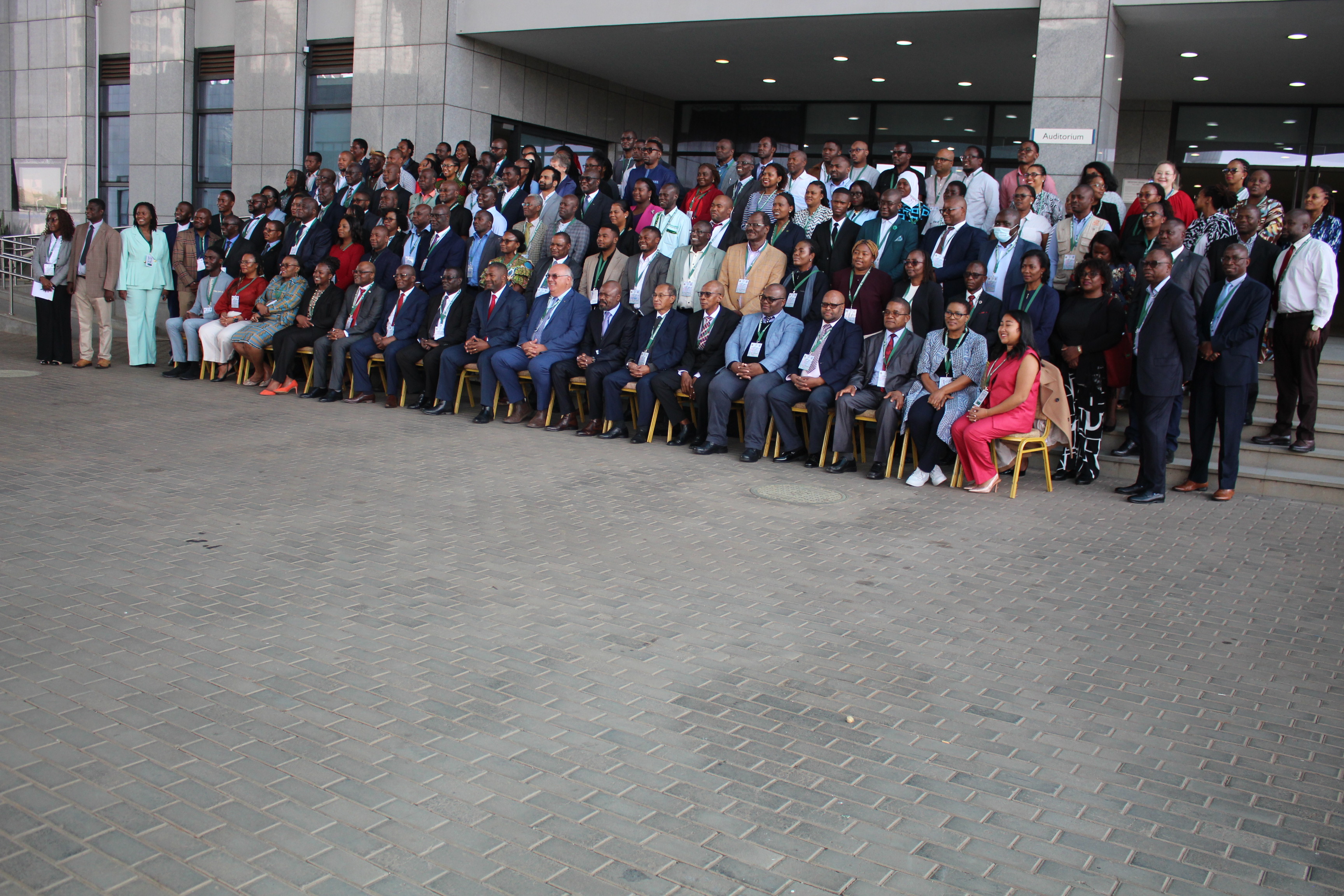Co-authors
Kadyampakeni D., Nsapato L., Kachapila M.
Description/Abstract
Bambara nut (Vigna subterranea (L.) Verdc) is a nutritious legume, however, its production is characterised by use of landraces, which have been maintained by farmers. Lack of improved varieties has contributed to low yields. This re– search was done to identify potentially high yielding and farmers’ preferred genotypes for improved production of Bambara in Malawi. A completely Randomised Block Design experiment with eight genotypes (181CR, 181RD, 194, 137CR, 137RD, 317, 2762 and 2768) and four replicates was implemented at Chitedze, Chitala and Mbawa Research Sta– tions to identify high yielding genotypes. In addition to the yield, farmers’ criteria based on plant vigour, ability to fully bury its pods in the ground (mounding), yield at harvest, maturity period, seed colour, grain size, taste of boiled dry grain and taste of fresh pods were used to identify farmers’ preferred genotypes. Significant yield differences were identified between genotypes (P < 0.0001), sites (P < 0.001) and interaction between genotypes and sites (environment) (P < 0.001). Yield means across sites show that genotype 181CR yielded highly (1322 kg/ha) followed by 2768 (1066 kg/ha), 181RD (1064 kg/ha) and 2762 (841 kg/ha). In contrast to the high yielding genotypes, genotype 137RD gave the lowest yield (485 kg/ha) followed by 194 (573 kg/ha), 317 (617 kg/ha) and 137CR (620 kg/ha). Mbawa Research Sta– tion showed significantly high yields with site mean of 1177 kg/ha compared with Chitedze and Chitala with site means of 703kg/ha and 530 kg/ha respectively. Farmers ranked the eight accessions in order of importance as follows: 181RD, 181CR, 2768, 137CR, 194, 137RD, 2762 and 317. Combination of yield and farmers’ preference identified three geno– types (181RD, 181CR and 2768) as potential varieties for production in Malawi. Accessions 181RD and 2768 were specifically selected for relish unlike 181CR, which has been selected for use as snack. However, further research on nutrition, value addition and marketing needs to be conducted on the identified genotypes.
Other Partners
SADC Plant Genetic Resources Centre, SADC Biodiversity Support Project, Malawi Government













